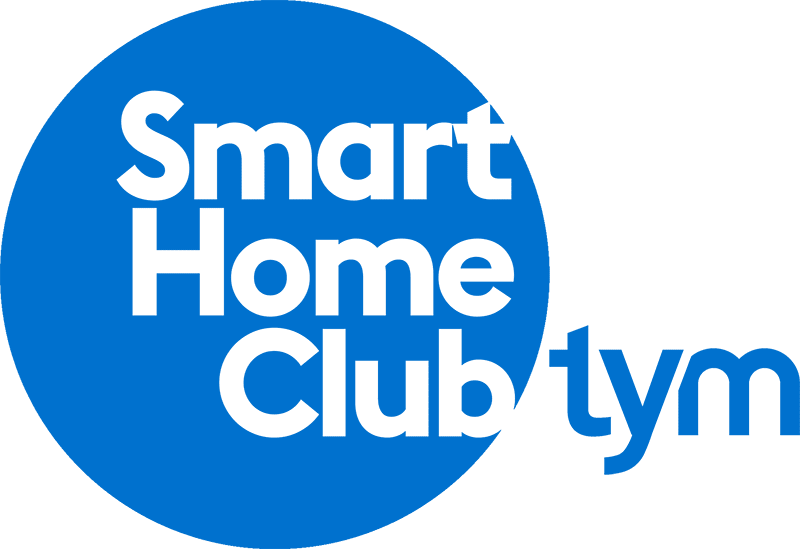You’ve heard about Smart Homes, sometimes called a ‘Connected Home’ – or you may have even heard of ‘The Internet of Things’. You’ve probably seen the Nest thermostat, or visited a friends home with Control4 home automation running all electronics in the home. … But, how does it all work? How does everything in a smart home work together? Keeping the discussion as simple as possible, smart technologies communicate in one of 3 ways.
- Hardwired
- Wirelessly
- Via the Network
Hardwired – Just like it sounds. Smart devices in the home are hardwired together. Commands are sent and received over a hardwired connection. This is usually a serial connection, but it can also be infrared (IR).
Wirelessly – To be clear, we’re talking about Z-wave, Zigbee or Lutron’s Clear Channel – not Wifi.
Via the Network (or IP) – This is communicating over the Network. It can be wireless, using wifi, or it can be via an ethernet connection. Either way, you’re sending the command over the network to the other device.
So we’ve talked about how Smart Devices send and receive commands. Now, how do the smart devices understand the commands? Again, keeping it simple, all Smart Devices have a sort of translator built in, called an API. Don’t worry, you don’t have to remember API, but remember the translator. When Control4 wants to talk to the Nest, it uses Nest’s translator. The translator says, ‘hey Control4, if you want to send me a command, say it like this so I understand it.’ Why is this important? Well, not all Smart Devices make their translator (API) public. When Nest first launched, they didn’t release their translator (API). So companies couldn’t integrate or use the Nest, at least not legally. That’s changed now and Nest has released that information to other companies for integration. 2GIG Security is arguably the most popular home security system on the market today, but as of right now it doesn’t integrate with the Control4’s of the world.
Here’s the last thing you want to know about integration. In best cases, integration has 2-way feedback. Here’s an example of what I mean. When you use your iPad to change the volume on the TV, you want the iPad to adjust to show you the current volume setting. If you’re integration supports 2-way feedback, then your iPad will adjust to show you the current volume setting, or the current TV Channel. If on the other hand, your integration doesn’t support 2-way feedback, then your iPad won’t be able to show you the current status of your TV or devices. We don’t want to get to dicey here on which connections support 2-way and which don’t, but just know that where possible you want to buy Smart Devices that support 2-way feedback.
Learn more about Smart Home Automation here.
GREAT READ! RT: @TYMhomes Our new blog post: Smart Home Integration – How Does It Work? http://t.co/ZCHDUDj806 #SmartHome #HomeAutomation
— Control4 (@Control4) January 20, 2015


